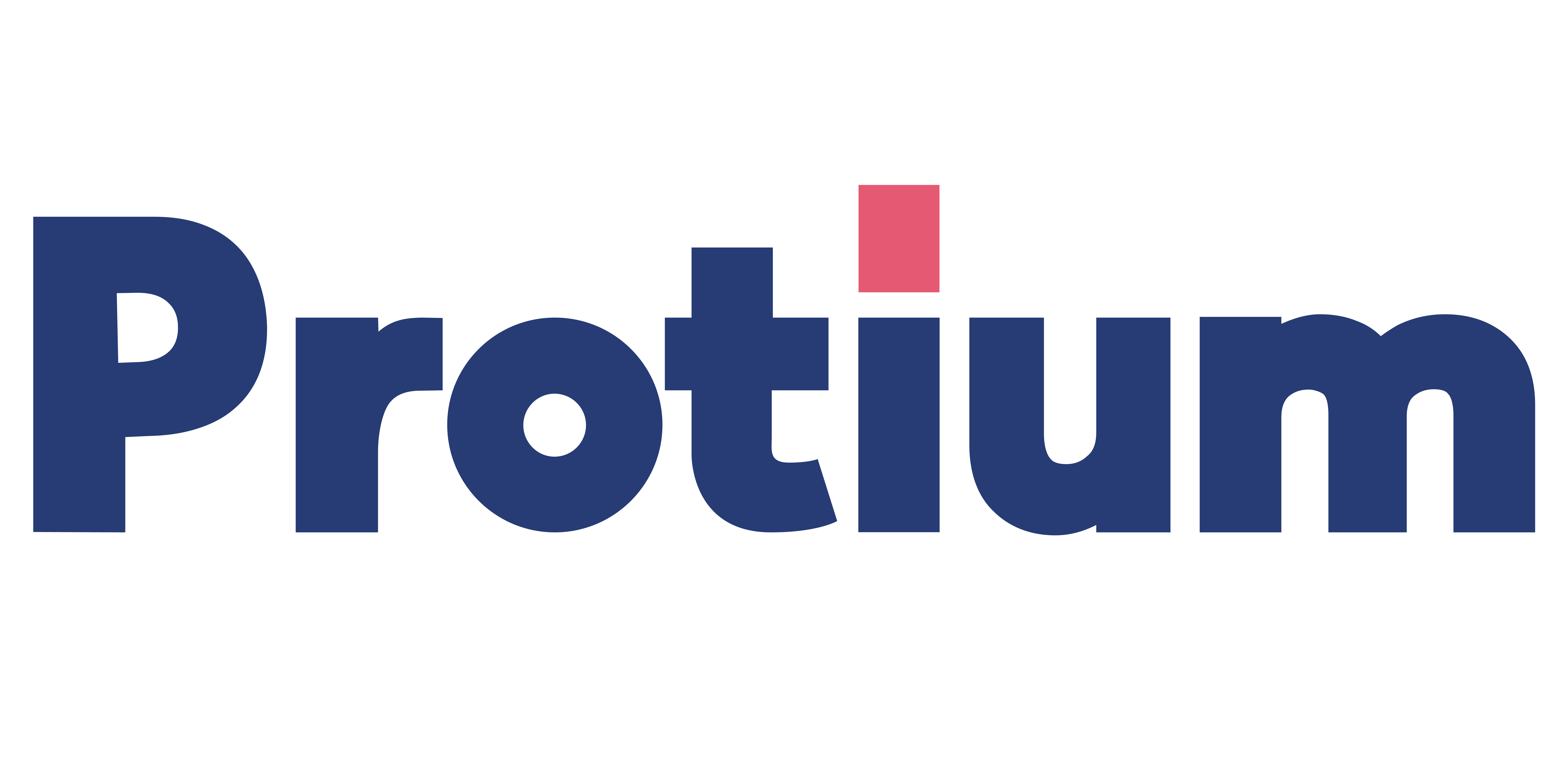5 effective ways for women in India to achieve financial independence
Synopsis: As we celebrate women this International Women’s Day, let’s dwell upon the necessity of ensuring that their achievements are complemented by financial independence and well-being.
International Women’s Day is all about celebrating women’s successes, reviewing the progress made in closing the gender divide, and gaining fresh perspectives on the ways of advancing the cause of women’s empowerment.
Recent years have seen tremendous progress in gender equality. Over 432 million women are employed in India, contributing to almost 18% of the GDP, with the potential to add another $770 billion by 2025. According to NFHS-5, nearly 85% of married women are empowered to make their own financial decisions.
And yet, such statistics hide the true realities of economic empowerment and financial freedom for Indian women. Out of that 85%, only 18% take their decisions on their own, which is down from 21% as reported in NFHS-4.
So, what can be done to put women on the path to achieving their financial independence without any external assistance?
Attaining Financial Freedom
Financial freedom, also called financial independence, is the ability to stay in control of your finances at all times. It isn’t solely about earning enough to meet your financial needs but also entails decisions about savings, making investments, planning taxes, and being prudent about using digital financial services.
Regrettably, only 24% of adult Indian women are financially literate per the RBI’s criteria. While 44% of women would like to be economically empowered, they do not have the wherewithal to make their own decisions owing to sub-optimal financial awareness levels and co-dependence. Traditional social structures and a lack of confidence further add fuel to the lack of financial independence fire.
But this doesn’t have to be the case. Below, we elaborate on five valuable ways to attain financial freedom.
5 Useful Ways Indian Women Can Realize Financial Well-Being
Women are faced with unique challenges such as limited access to financial resources, career breaks for caregiving, and gender pay gaps, which put them back on their goals to achieve financial stability. Here’s how to overcome these barriers to women’s empowerment.
1. Devise a Budget Plan
The first step in achieving financial independence is to track your expenses and create a budget. This is in line with the RBI’s financial inclusion framework, “National Strategy for Financial Education: 2020-2025.”
Drawing a budget requires setting SMART (specific, measurable, achievable, relevant, and time-sensitive) goals. Your financial plan must elaborate on objectives to be achieved, such as buying a home, saving for education, or building a retirement corpus, and classify them per time horizon.
Supplement this exercise with constantly monitoring your expenses and ensuring that the actuals hover around the budgeted targets. The main objective is to save a certain percentage of your income every month and increase it in line with a rise in income.
Your savings exercise must also involve tax planning—after all, tax savings are money earned!
2. Invest Your Savings
According to Tata AIA’s research, 39% of women believe that financial planning is all about monthly budgeting. But what is the point of budgeting and saving money if it’s not invested in productive assets?
Start your investment journey by opening a savings bank account and depositing money in fixed deposits. Unfortunately, while the Pradhan Mantri Jan Dhan Yojana (PMJDY) has resulted in the opening of over 46 crore bank accounts, with 56% being opened by women, 42% of these accounts have remained inactive.
Besides, these investments do not generate enough income to meet all your wealth-generation goals. Hence, this must be followed up with learning about other investment products, including systematic investment plans (SIPs), real estate, direct equities, gold, etc., and investing in products aligned with your risk appetite.
To illustrate, as per the NHFS-5, rural women have higher land ownership rates as compared to urban women. Thus, in addition to facilitating autonomy over their land output, owning real estate ensures better livelihood outcomes and places them in a better position to avail of business loans when necessary.
3. Buy Yourself Insurance
If nothing else, COVID-19 has taught the importance of buying life insurance, with 72% of women reporting that insurance should be a part of all financial plans. And yet, only 36% and 29% of LIC’s and private insurers’ policies, respectively, are accounted for by women, showcasing lower penetration.
Regardless of your employment status, life and health insurance policies are essential for women to ensure long-term financial well-being. The lost income and the help with household chores can take a significant toll on all families.
Besides, as women typically outlive men, it necessitates planning for a longer investment horizon and a bigger retirement fund.
4. Maintain an Emergency Fund
Another essential aspect of financial planning is creating a separate fund for contingency expenses. Ideally, such a fund should hold money equivalent to your 6-8 months of living expenses, including EMI payments. This will help you hold out during any crisis, including medical expenses, financial exigencies, or a lockdown during a pandemic.
5. Be Digital Savvy
With digital financial services becoming the new normal, it is imperative for women striving to be financially independent to be well-versed in digital methods. Planning your finances can be easier with e-statements and internet banking.
Moreover, as digital loans become commonplace, it makes ardent sense for women to be aware of such processes. While living a debt-free life may be a goal for some, it does not hurt to build a good credit score to be prepared for any unfavorable future events. This will ensure that you can access adequate and affordable loans as and when required.
Embark on Your Financial Independence Journey with Protium
Financial freedom is critical for achieving women’s empowerment and gender equality—an important UN sustainable development goal. With greater financial control, women can realize their financial objectives, minimize the likelihood of falling into the poverty trap, and guarantee their overall financial well-being.
Women can truly achieve financial independence by making a budget, investing their savings wisely, providing for contingencies, planning their taxes, and staying on top of digital financial services. Availing of small loans to improve credit scores is another worthy strategy for attaining economic empowerment.

